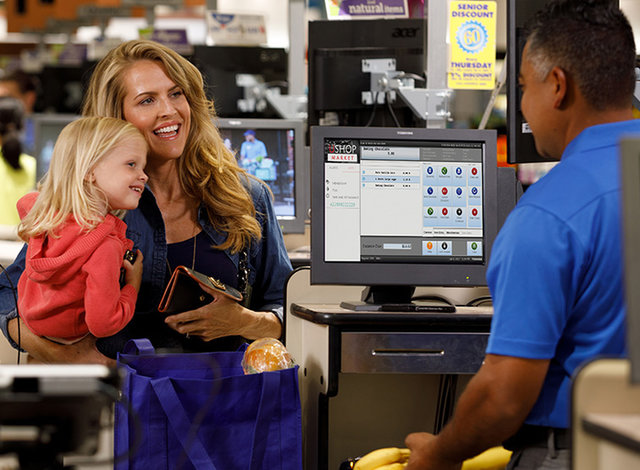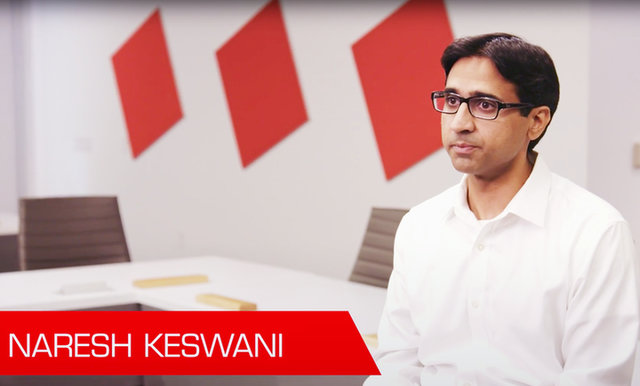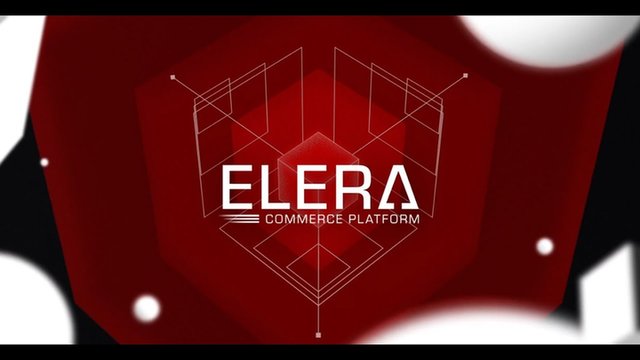Accelerating the Future of Retail With a Microservices Commerce Platform
5 CHALLENGES FACING RETAILERS TODAY
Retailers have been evolving away from legacy systems to the latest innovations, from monolith to microservices. The pace of change is accelerating in response to increasing demands for improving operations, reducing costs and enhancing customer experience.
“The reality is that a lot of that legacy functionality either is not being used anymore or there are better ways of implementing new features and functions,” notes Naresh Keswani, Director, Digital Platform Portfolio with Toshiba Global Commerce Solutions.
A microservices platform like the Toshiba ELERA Commerce platform is the way forward.
A microservices architecture is a combination of small, independent functions — pricing, cart, search, promotions — that work together via application programming interfaces (APIs). With monolithic legacy systems, if a particular function needs to be updated or replaced, the entire application has to be scaled out, having an impact on every function in the app.
The microservice approach enables retailers to develop, independently test and deploy new functionality without affecting other areas of the application. And by building incremental use cases, retailers can achieve even better functionality than they have in current solutions.
All this makes a retailer’s business more responsive to market needs, customer demands and changing business realities.
WHAT ARE MICROSERVICES?
5
PRESSING RETAIL CHALLENGES SOLVED WITH MICROSERVICES
Toshiba’s offerings, including the TCx™ Sky Operating System, can boost efficiency tenfold with the ELERA platform, proving a cloud-based, hardware — and OS-agnostic microservices platform provides serious upside. Here’s how:
1
PROBLEM:
Slow paced innovation and evolution.
SOLUTION: Business requirements can change quickly. Retailers must be able to respond to immediate business challenges like loss prevention or improving operations without losing steam in their efforts to evolve toward the store of the future.
With independent microservices and a centralized configuration, retailers can develop and deploy use cases in days, not months, responding rapidly and then getting back to long-term initiatives.
ELERA provides dynamic scaling, so a retailer can add one component at a time while benefiting from a native integration with their existing technology infrastructure. It’s also a “stand beside” notion, not a “rip and replace,” delivering supplement and build capability that enables a more capable, adaptable and scalable solution. While ELERA is hardware and software agnostic, when combined with Toshiba hardware and the TCx Sky operating system, ELERA delivers a positive impact on total cost of ownership, supports flexible deployment, boosts efficiency and ensures data and information security.
2
PROBLEM:
Increased competition for customer attention.
SOLUTION: With more shoppers doing business online, cutting through the crush of marketing is tough and avoiding cart abandonment is vital. That’s why it’s never been more important to identify, initiate and iterate new customer journeys. Think about how the buy-online-pickup-in-store (BOPIS) journey has morphed from in-store pickup to curbside and the customer experience challenges that came with it. Retailers who responded quickly with new solutions and touchpoints had an advantage.
With a microservices approach retailers can transform data into insights to drive decisions and interactions that may alter the complexion of customer journeys — and rapidly deploy and fine tune journeys to get and keep consumers’ attention.
3
PROBLEM:
Shopping friction across all channels.
SOLUTION: We’ve been optimizing omnichannel for years now, but a seamless, similar experience at every encounter online and in-person is still an elusive gold standard for many retailers. With many customers feeling the frustration of a more complicated existence, the desire for frictionless shopping has never been stronger. A microservices architecture makes it possible to create value for shoppers by reducing the places they experience the most friction, such as checkout and payment processing time.
Adopting technologies like artificial intelligence, edge computing, computer vision, sensors and mesh networks removes even more friction and collects relevant data that can be employed to construct more personalized experiences.
4
PROBLEM:
A need to capitalize on IoT.
SOLUTION: The internet of things is the future of retail technology — and the future is now.
IoT has a positive influence on the supply chain and the customer experience. “Smart shopping” integrates and seamlessly connects the in-store and online experience with other critical touchpoints like delivery tracking, self-service BOPIS kiosks and simple returns.
For retailers, automation drives supply chain optimization with autonomous delivery vehicles, drones and additive printing. ELERA is built to take advantage of the opportunity, enabling IoT and touchpoints to attach to the platform through a rich API layer and connecting data across systems, platforms and devices. This capability is the key to accessing, processing and operationalizing information in real time to provide better customer service and improve operations.
5
PROBLEM:
Onerous vendor controls and constraints.
SOLUTION: Retailers require a digital architecture that provides the independence of continuous deployment, delivery and integration for optimal extensibility and flexibility. Proprietary legacy hardware and software systems fraught with vendor controls, dependencies and constraints make that almost impossible. But a microservices architecture gives retail businesses control and autonomy that maximize agility and scalability. The development team can configure independent functions without testing and maintaining the entire stack, which not only gives more flexibility but can result in a lower total cost of ownership. And with TCx Sky, developers can rely on regular network loads of diagnostics to identify issues quickly and deploy tools to reduce debugging time and increase uptime.
The tools retailers need to deliver a satisfying customer experience must iterate quickly to keep up with ever-changing consumer demands. With the development of technology and innovative retail ideas, frictionless commerce has evolved to focus on a faster, more personalized experience that goes beyond customer expectations. A microservices strategy makes this revolutionary approach accessible for retailers, speeding up innovation and integration, and delivering digitally enriched shopping experiences.
By adopting the evolutionary approach of Toshiba’s ELERA Commerce platform, retailers can innovate without affecting the day-to-day running of their retail business’ day-to-day operation. Retailers can focus on their unique areas of competitive advantage to unlock omnichannel growth, boost margins and drive profitability while continuing to evolve just as rapidly as the world of retail.



The reality is that a lot of that legacy functionality either is not being used anymore or there are better ways of implementing new features and functions.
— NARESH KESWANI, Director, Digital Platform Portfolio with Toshiba Global Commerce Solutions.
The ELERA Commerce platform features end-to-end data solutions from collection, storage and transformation — and extending further to analysis, insights generation and monetization control. Through big data analytics, retailers can create customer recommendations based on purchase history and create enhanced shopping experiences that eliminate unnecessary friction. These super-sized data sets can also be used to accelerate retail business value through more accurate forecasting trends and strategic decisions based on market analysis and insights. This presents an opportunity for retailers of all sizes to add real value to their customers by harnessing the data they receive to personalize customer service. This is where Toshiba can help retailers add new capabilities quickly to fill gaps or respond to opportunities that they identify, or even further predict emerging trends and create the kind of personal engagement that customers have come to expect in today’s customer journey.
The Impact of Data in Microservices.

